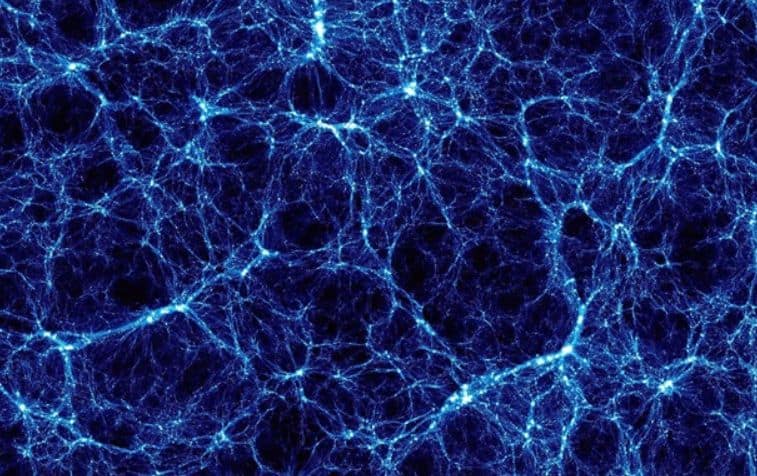Physicists have recorded a potential dark matter signal. The experiment was carried out at a special laboratory located deep underground.
Scientists at the Laboratori Nazionali del Gran Sasso in Italy, working on the world’s most sensitive dark matter detector, XENON, have managed to detect a potential dark matter signal, according to a new study published in Physical Review Letters.
The laboratory is located deep underground to ensure the necessary shielding and reduce background noise.
According to experts, dark matter particles or weakly interacting massive particles (WIMP) can be detected by fixing nuclear decays in a closed chamber with xenon. Therefore, a tank with liquid radio-cleaned xenon weighing two tons was used in the study.
As physicists suggest, the incoming dark matter particle hits the atoms in the reservoir and releases photons and electrons, after which there are flashes of light in the upper and lower parts of the reservoir.
Just a few months ago, scientists discovered excessive signals that they could not explain using standard model particles or background noise.
Researchers analyzed three possible sources of signals: particles emitted by the Sun; Traces of radioactive impurities; dark matter bosons.
As for the first assumption, physicists believe that solar particles (neutrinos and axions) could theoretically reach the reservoir and produce a noticeable signal in it. But for this, neutrinos must, in particular, have a greater magnetic moment.
The background could also have affected, despite the fact that unprecedented efforts are being carried out to suppress it in the laboratory. Scientists themselves admit that there may be, a weak, but radioactivity.
Experts note that even if the XENON detector contains only three tritium atoms per kilogram of xenon, tritium beta decay alone can explain the signal.
Finally, another scenario that physicists have called “intriguing” is the presence of dark matter particles other than WIMP. First of all, the signal looks as if it is coming from particles that collide mainly with the electrons of the xenon atoms. And each of these interactions dumps several kilo electronvolts of energy into the atom. In this case, the collision energy must correspond to the mass of the dark matter particle.
The “culprit” in this, physics consider axion and dark photon.
Experts note that if dark photons are absorbed at a rate of 10-30 times less than normal photons, their interaction can explain the signal in the detector.
